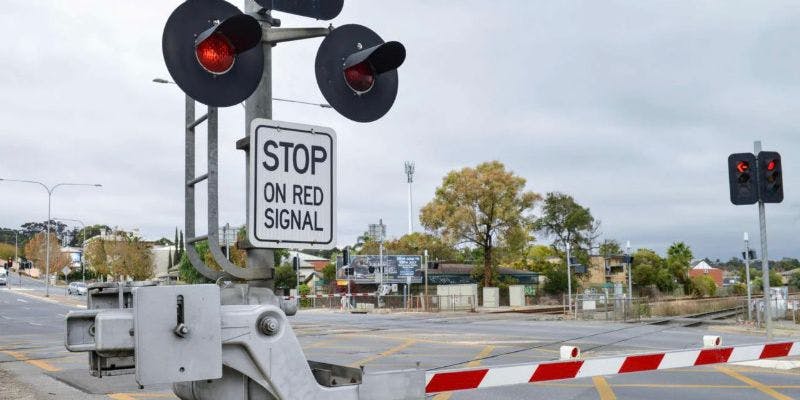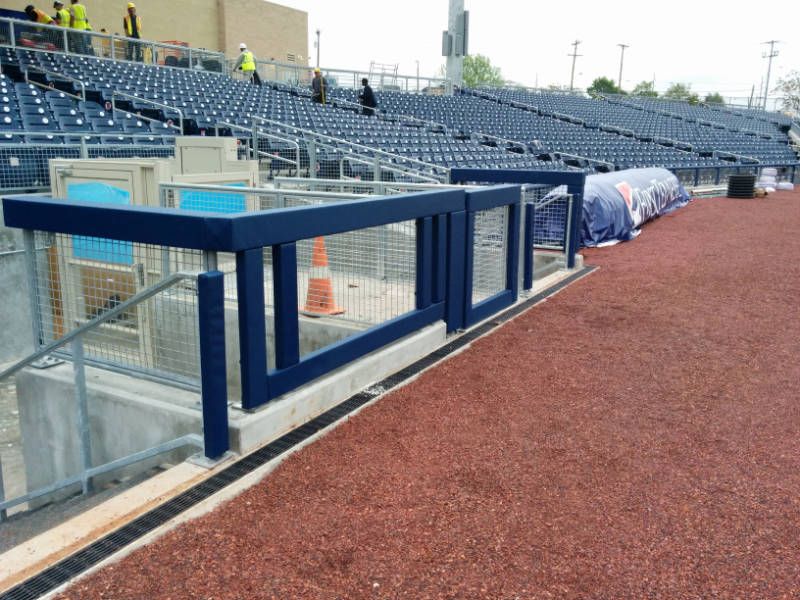The History of Electric Gates

Electric gates have been in use for almost one hundred years. The first person to create one of these time-saving, convenient devices was a Canadian named Fred W. Watson in 1881. His invention became the first electric gate opener to be designed for railway crossings. By 1884, the innovation had made it across the Atlantic with a number of American newspapers reporting that French railway companies were about to adopt an electric gate opener.
“A catch connected with an electro-magnet keeps a gate closed,” reported The National Tribune on October 9, 1884. An early demonstrations of such electric gates in the United States was arranged by the short-lived Toulmin Electric Railway company who ran a rail line about half a mile in length in Baltimore, Maryland, USA in 1887. The company’s gateway system consisted of two metal frames covered with zinc and lined with rubber rollers and cloth tape at each end. The gate was mounted on long iron chains linked to an electro-magnet and could be opened or closed by pressing two handles mounted on an upright post near the tracks.
The Herald noted that “the pulling power [of the magnets] is so great that it will tend greatly to pull down all objects which may be placed in front of the posts in which they are contained. The Toulmin Electric Railway never succeeded as a transportation company, lasting only a few years before being absorbed by another company, but the electric gate lives on.

The popularity of electric gates increased over the decades, expanding into other industries such as factories, retail stores, horse racing tracks, and eventually homes. By the 1970s, they had become commonplace in apartment complexes across Australia.
The first commercial electric gate systems were hydraulic and designed for reliability and ease of use. However, the high cost of the hydraulic systems meant that other companies started producing more affordable electromechanical alternatives. Hydraulic motors were the preferred choice on large and heavy gates as they can generate high levels of torque, leaving electromechanical systems for lower usage domestic installations where they could be produced more cost effectively.
One of the best-known modern examples of electric gates is probably a barrier installed at sporting events along baseball’s warning track that prevents fans from running onto the field. It is operated by two long cables linking an electro-magnet down the left and right field lines with the barrier itself in foul territory just beyond either dugout.

Electric gates changed over the years, and more sophisticated designs beyond the original swing gate were developed for more specialised purposes such as sliding gates and electric gates for sloped driveways. Today’s gates often feature solar panels to power the gate motor, and can automatically open or close at a specified time or when someone arrives or leaves.
As technology improves, electric gates will soon be automated to open and close automatically based on the GPS location proximity of an assigned vehicle or person carrying a smart phone or watch. Something straight out of your favourite sci-fi movie.
In the 20th century electric door openers replaced mechanical door openers in homes and businesses across the planet. Electric openers can be used in a variety of ways to open gates automatically or at timed intervals. Modern electric door opener systems are very sophisticated and include many safety features such as auto-reverse and a variety of sensors to prevent any damage to the door, vehicles, or people.
Although electric door openers are still more expensive than manual door openers, they are very popular because of their convenience and safety. Though, beware of tailgaters! We’ll cover this security risk in-depth in a future post.

